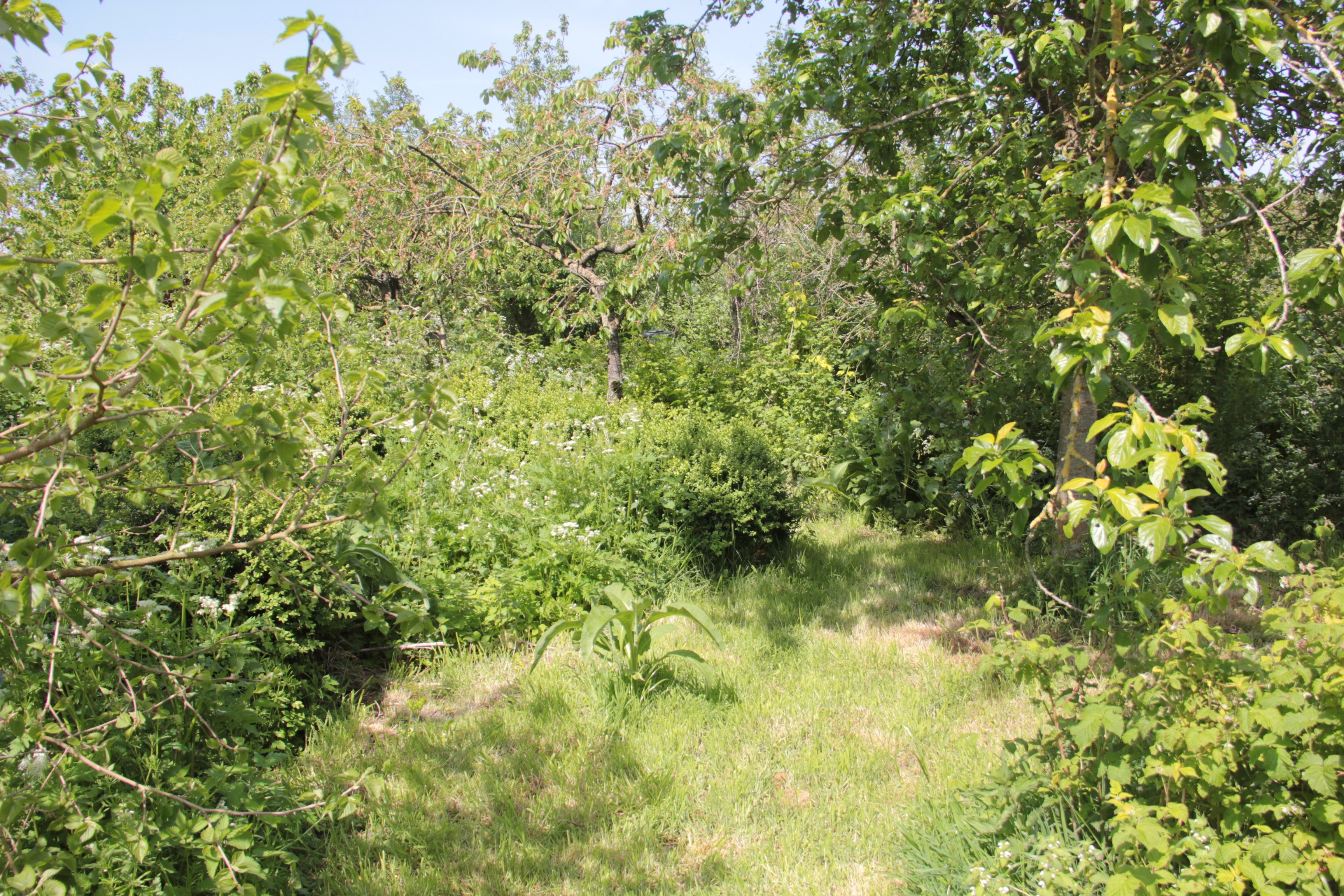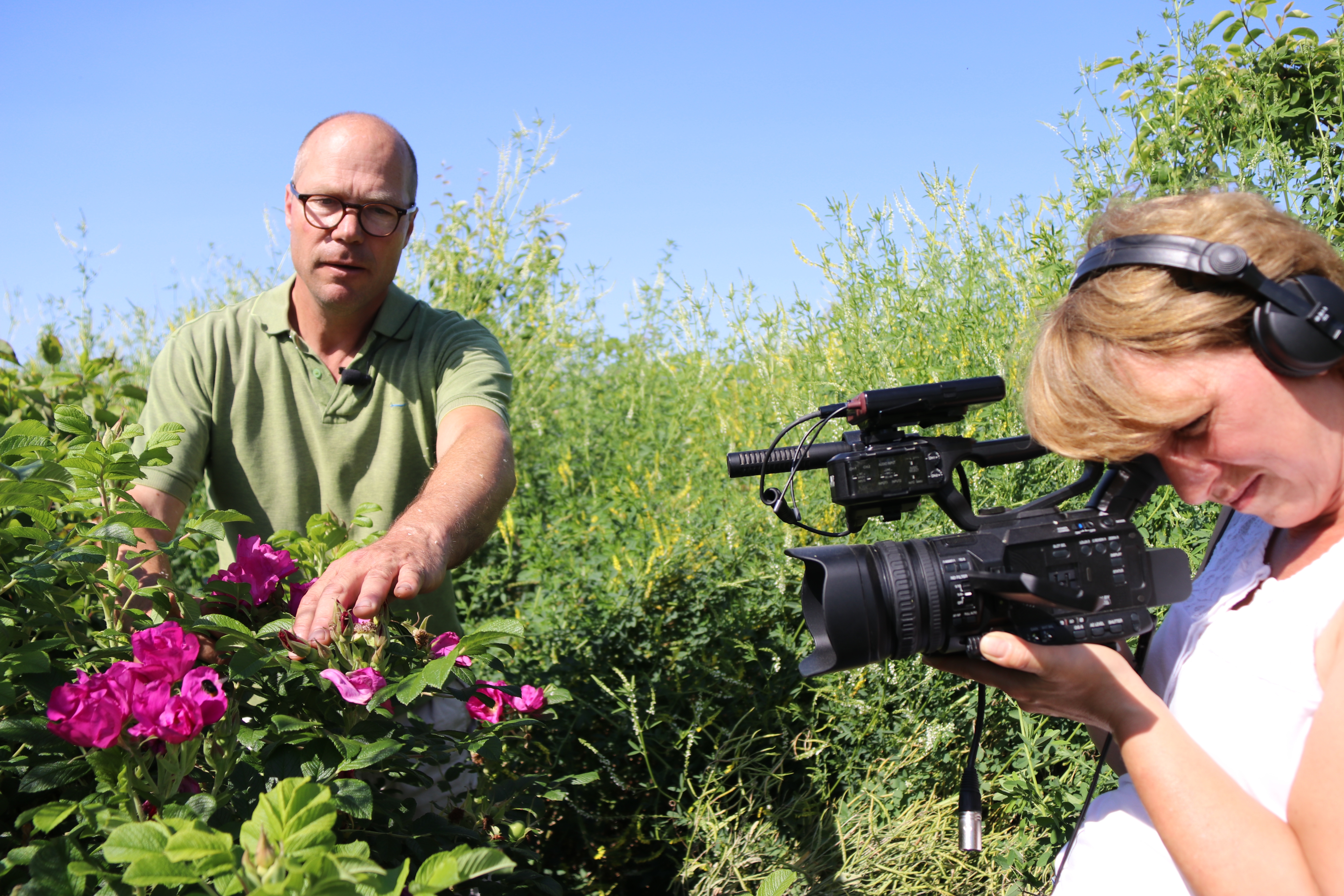Food forests
Interesting link
- Roadmap to Food Forests in Flemish Agriculture (English)
Introduction to Food Forests
A food forest is an ecosystem designed by man along the lines of a natural forest with a wide variety of (usually perennial) plants in different layers and with the main purpose of producing food. It is the most extensive form of agroforestry and differs from an 'ordinary' forest in that it is harvested, planted, and disturbed.
To allow sufficient light to penetrate the food forest, edges and more open vegetation are important. A food forest also does not develop overnight but grows in several stages (succession). Even more than in classical agroforestry systems, some important ecosystem services are provided besides food production. These include carbon storage, water storage and (agro-)biodiversity. In addition, there is often a social aspect. Of course, the one food forest does not exist: every food forest farmer will have his or her own emphases. A food forest usually tries to operate as a quasi-closed system: of course there is harvesting, but fertilisers, plant protection products and other external inputs are often kept out. Nitrogen-fixing species such as common alder (Alnus glutinosa), Siberian pea-tree (Caragana arborescens) and silverberry (Elaeagnus umbellata) are often used as natural nitrogen suppliers.

Food forests are on the rise in Flanders. But as it often goes with pioneers and with "new" land-use forms, they have yet to find a place within the policy framework, laws and regulations. Here is a preliminary state of affairs: Food forests within the current Flemish policy context: a situation sketch anno 2020
Due to the multitude of products and (seemingly) chaotic land use compared to a monoculture, labour, harvesting and marketing are a challenge. Along the other hand, the great diversity also offers resilience to external factors. Late night frosts that destroy kiwi berry blossoms will have different implications in a food forest than in a kiwi berry-only system.
Within the VLAIO project Agroforestry 2025, an action lab is being set up to map the current opportunities and bottlenecks of food forests. Here, we investigate whether food forests can be part of widely supported and efficient agroforestry systems and focus on feasible and profitable financing and earning models. We see food forests here as full-fledged agricultural systems - projects in the hobby sphere are not included.
Thanks to the Farmlife project, you will soon be able to take a virtual look at two diverse food forests: De Woudezel and Eetbos Deinze. One has been on the road for more than a decade, the other still in full start-up, but both food forest farmers are equally passionate. Keep an eye on this page for an update.

